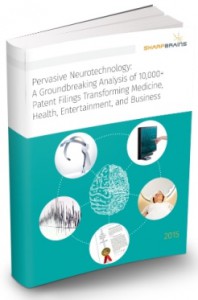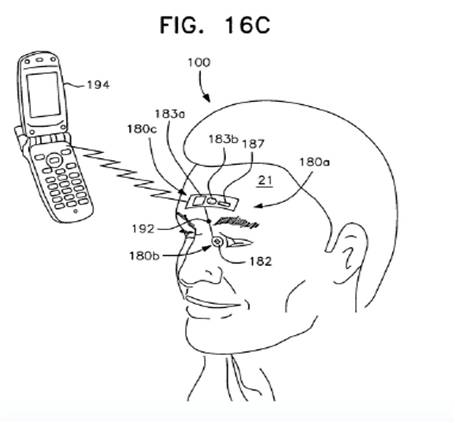Measuring “brain temperature” in the future?: Key Neurotech Patent #27
Today we are sharing a 2007 patent assigned to Geelux Holdings, Ltd. (As mentioned, we are featuring a foundational Pervasive Neurotech patent a day, from older to newer by issue date)
U.S. Patent No. 7,187,960: Apparatus and method for measuring biologic parameters
- Assignee(s): Geelux Holdings, LTD.
- Inventor(s): Marcio Marc Abreu
- Technology Category: Neuro-monitoring
- Issue Date: March 6, 2007
SharpBrains’ Take:
As explained in the background of the ‘960 patent, blood temperature is a key indicator of health that is neither varied by emotional state nor easily controlled by voluntary action. The inventors have disclosed systems and techniques that non-invasively allow for measuring brain temperature, addressing problems associated with traditional body core temperature techniques such as rectal or oral instruments (that can be invasive) or skin measurement approaches (that can be unreliable and inprecise). While the efficacy of brain temperature measurement by detecting temperature at the end of a “brain tunnel” system will require verification, the 10 independent claims and 29 dependent claims create a picket fence around both the system and methods relevant to such a temperature measurement, are among the factors making the ‘960 patent a key non-invasive neurotechnology patent.
Abstract:
Support structures for positioning sensors on a physiologic tunnel for measuring physical, chemical and biological parameters of the body and to produce an action according to the measured value of the parameters. The support structure includes a sensor fitted on the support structures using a special geometry for acquiring continuous and undisturbed data on the physiology of the body. Signals are transmitted to a remote station by wireless transmission such as by electromagnetic waves, radio waves, infrared, sound and the like or by being reported locally by audio or visual transmission. The physical and chemical parameters include brain function, metabolic function, hydrodynamic function, hydration status, levels of chemical compounds in the blood, and the like. The support structure includes patches, clips, eyeglasses, head mounted gear and the like, containing passive or active sensors positioned at the end of the tunnel with sensing systems positioned on and accessing a physiologic tunnel.
Illustrative Claim 1. A support structure for placement on the skin at an end of a brain tunnel, said support structure comprising
- a housing including a portion for placement between an eyebrow and an eye of a subject on the skin at the end of the brain tunnel, and
- a sensor eccentrically positioned in the housing for measuring signals produced on said skin at the end of the brain tunnel,
- said sensor being located adjacent to an edge of said housing.
 To learn more about market data, trends and leading companies in the digital brain health space –digital platforms for brain/ cognitive assessment, monitoring and enhancement– check out this market report. To learn more about our analysis of 10,000+ patent filings, check out this IP & innovation neurotech report.
To learn more about market data, trends and leading companies in the digital brain health space –digital platforms for brain/ cognitive assessment, monitoring and enhancement– check out this market report. To learn more about our analysis of 10,000+ patent filings, check out this IP & innovation neurotech report.



